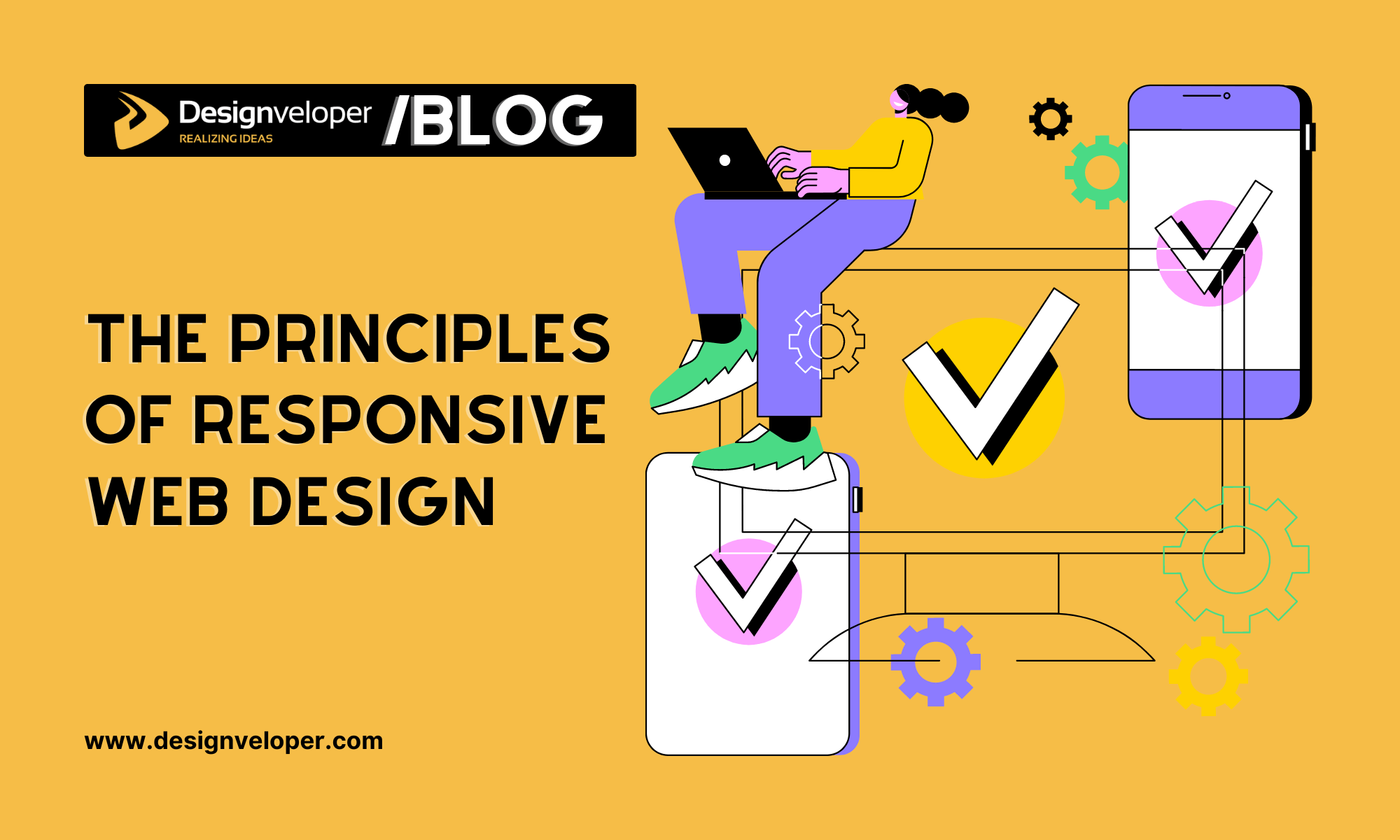Viva Resa: Your Gateway to Insightful Living
Discover news, trends, and tips for a vibrant lifestyle.
Responsive Web Design: Where Style Meets Survival
Discover how responsive web design is essential for thriving online! Unleash style and survival in the digital world. Click to learn more!
The Importance of Responsive Web Design in Today’s Digital Landscape
In today's digital landscape, having a strong online presence is crucial for businesses and individuals alike. Responsive web design has emerged as a fundamental aspect of creating websites that cater to the diverse array of devices used by audiences. With the increasing reliance on smartphones and tablets for browsing, a responsive design ensures that your website looks and functions beautifully, regardless of screen size. This adaptability not only enhances user experience but also significantly impacts your website's SEO performance, as search engines favor mobile-friendly sites in their rankings.
Moreover, a well-implemented responsive web design can lead to lower bounce rates and increased engagement. When visitors find a website that adjusts seamlessly to their device, they are more likely to stay longer, explore content, and convert into customers. In fact, statistics have shown that over 50% of web traffic now comes from mobile devices. Therefore, prioritizing responsive design is not just an option; it is a necessity for anyone looking to thrive in the competitive digital environment of today.

Top 10 Best Practices for Implementing Responsive Web Design
Implementing responsive web design is crucial for creating a seamless user experience across all devices. To get started, it's essential to prioritize mobile-first design, ensuring your website is fully functional on mobile devices before scaling up to larger screens. This practice helps determine which features are essential, allowing you to deliver a streamlined experience. Additionally, utilizing flexible grid layouts can adapt your website's content to fit any screen size, enhancing accessibility and engagement.
Another key aspect of responsive web design is the use of media queries. These CSS techniques allow you to apply different styles based on the device's characteristics, such as its width and height. By defining breakpoints, you can tailor your site's layout, typography, and images to provide an optimal viewing experience. Lastly, remember to optimize images for various resolutions, ensuring fast loading times and smooth performance across devices. Following these best practices will not only improve user satisfaction but also boost your site's SEO ranking.
How Responsive Web Design Enhances User Experience Across Devices
In today's digital landscape, responsive web design is crucial for enhancing user experience across devices. With the increasing variety of screen sizes and resolutions, a website that adapts seamlessly to each device can significantly reduce user frustration. By employing fluid grids, flexible images, and CSS media queries, designers can create websites that deliver a consistent look and feel, regardless of whether users are accessing content on a smartphone, tablet, or desktop. This adaptability not only improves usability but also helps in retaining visitors, encouraging them to explore more of your content.
Moreover, a well-implemented responsive web design contributes to better performance and improved load times, which are critical factors for enhancing user satisfaction. When a site is optimized for all devices, it reduces the need for users to zoom in or scroll sideways, allowing for smoother navigation. Furthermore, search engines prioritize mobile-friendly websites in their rankings, meaning that adopting a responsive design can also lead to increased visibility and higher traffic. Overall, the integration of responsive web design principles is a key strategy for optimizing user experience in a diverse digital environment.